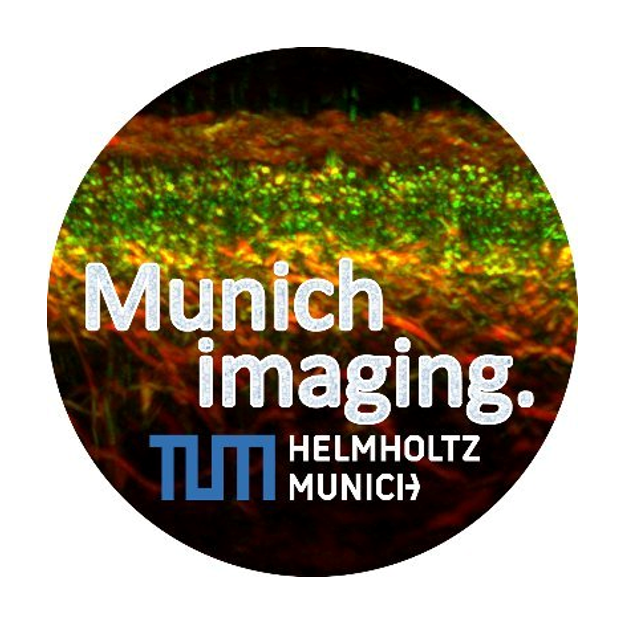Conventional chromophore bearing proteins
Optoacoustic labels require a strong signal in the near-infrared region to allow detection among the strong signals from tissue. For situation where no concepts like photo-switchable proteins (see above) can be used we are screening and developing proteins that accumulate multiple near-infrared absorbing chromophores to create a strong signal in this region of the spectrum. We are primarily interested in Phycobiliproteins since they can form highly oligomeric complexes hosting numerous chromophores. Besides this we also follow other unique approaches to afford contrast to optoacoustic imaging, like biocompatible melanin analogs. Intracellular melanin production. Bacteriochlorophyll harboring bacteria. With such strategies we could achieve for example visualization and functional analysis of macrophages and cancer cells.

Further reading:
- Weidenfeld I, Zakian C, Duewell P, Chmyrov A, Klemm U, Aguirre J, Ntziachristos V, Stiel AC. Homogentisic acid-derived pigment as a biocompatible label for optoacoustic imaging of macrophages. Nature Commun. 10(1):5056.
- Fuenzalida Werner JP, Mishra K, Huang Y, Vetschera P, Glasl S, Chmyrov A, Richter K, Ntziachristos V, Stiel AC. Structure-Based Mutagenesis of Phycobiliprotein smURFP for Optoacoustic Imaging. ACS Chem Biol. 14(9):1896-1903.
- Peters L, Weidenfeld I, Klemm U, Loeschcke A, Weihmann R, Jaeger KE, Drepper T, Ntziachristos V, Stiel AC.Phototrophic purple bacteria as optoacoustic in vivo reporters of macrophage activity. Nature Commun. 10(1):1191.
- Fuenzalida-Werner JP, Janowski R, Mishra K, Weidenfeld I, Niessing D, Ntziachristos V, Stiel AC. Crystal structure of a biliverdin-bound phycobiliprotein: Interdependence of oligomerization and chromophorylation. J Struct Biol. 204(3):519-522.
- Yun M, You SH, Nguyen VH, Prakash J, Glasl S, Gujrati V, Choy HE, Stiel AC, Min JJ, Ntziachristos V. Reporter gene-based optoacoustic imaging of E. coli targeted colon cancer in vivo. Rep. 2021. 24;11(1):24430


